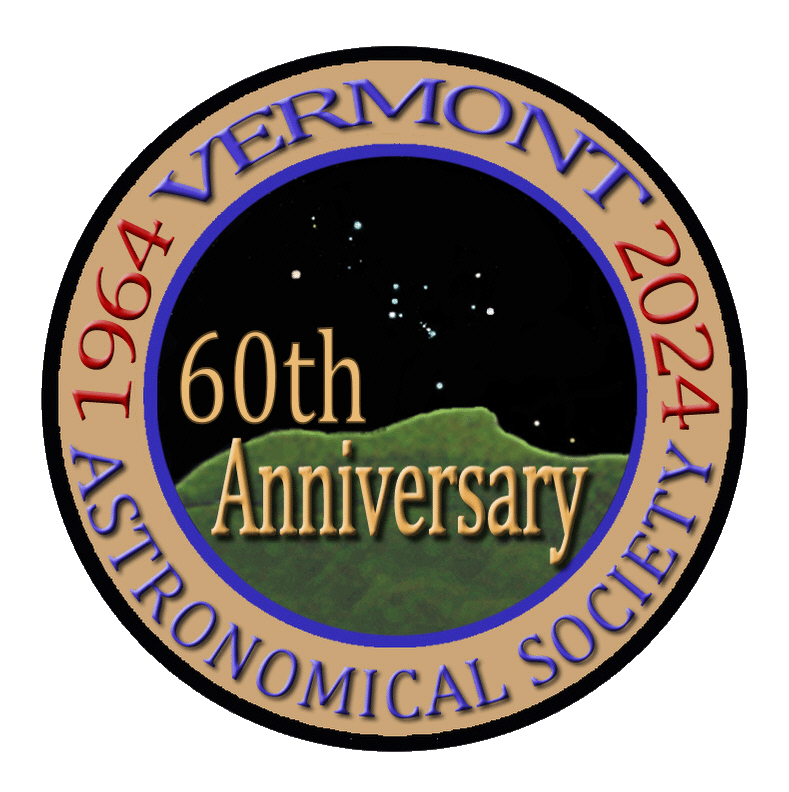This is a luminance image of the Abell 1060 Galaxy Cluster, more commonly known as the Hydra Cluster. There are about 157 bright galaxies in this cluster, 11 of them are NGC objects by themselves. There are some really neat objects in here to image by themselves with longer focal lengths. I imaged this in just luminance at this years Winter Star Party in Marathon, Fla with a TEC140ED cope. I used an ASI6200MM camera with a Chroma luminance filter. I would have liked to have gotten RG and B but the weather didn't cooperate this year.
The Hydra Cluster is part of the Hydra-Centaurus super cluster of galaxies and spans approximately 10 million light years across and is centered around 158 million light years from earth!
At the heart of the cluster are three large dominant galaxies, two yellow ellipticals (NGC 3311, NGC 3309) and one prominent blue edge-on spiral (NGC 3312). Each one of them is about 150,000 light-years in diameter, or about 1.5 times larger than or own milky way. Just above and left of NGC 3312 is an intriguing overlapping galaxy pair cataloged as NGC 3314. The two faint spirals are by chance aligned along our line of sight, a quite rare occurrence that allow astronomers to study the contents of the foreground galaxy in great detail as well as measuring its "transparency".
In the universe, galaxies are gravitationally bound into clusters which themselves are loosely bound into superclusters that in turn are seen to align over even larger scales.
The annotated image shows the NGC, IC and many PGC designated galaxies, but 100's if not 1000's are not annotated.
best,
Terri
@terri Very nice, Terri! I am always astounded by the number of objects in this tiny segments (by our view) of space. Just fascinating. Thanks!
Greg

